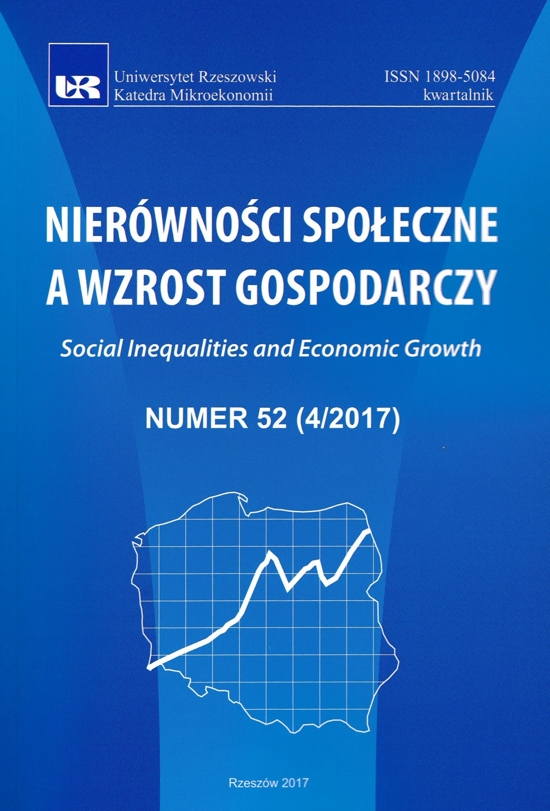JST a organizacje pozarządowe– modele współpracy
Local government versus non-governmental organizations – cooperation models
Author(s): Elżbieta Inglot-BrzękSubject(s): Socio-Economic Research
Published by: Wydawnictwo Uniwersytetu Rzeszowskiego
Keywords: local government;non-governmental organizations; cooperation; local governance;
Summary/Abstract: Relationship between local government and non-government organizations is the result of legalregulations, and the cooperation is recognized as root and supreme rule connecting both localgovernment and non-government sectors. In the first, theoretical part of the article, catalogue ofcooperation forms with all law regulations was introduced. It was the basis on which the theoreticalmodel of cooperation between local government and non-government sectors was built. This modelindicates, that the local government units possess prerogatives in creating the areas, forms and rangeof cooperation. The results of empirical studies show that facultative and open model of cooperationforms catalogue leads to creation of the asymmetric relationship in which non-governmentorganization fulfil ancillary nature position. This situation is gorgonized by financial dependence ofnon-government organization from local government unit grants. The conclusions are based on thecooperation forms monitoring.In the second part of the article, the results of self-studies were presented. Empirics was con--centrated on functioning of non-financial cooperation facilities. Gathered material served to presentthree experimental issues. Firstly, an attempt was made to capture the support models usedby local-government units. Because of peculiar nature of the implemented cooperation forms, thisassumption was impossible to achieve. The second assumption, on the other hand, stated that theterritorial type is a feature which diversifies forms and number of used facilities, which was confirmedin the conducted analyses. Finally, it was assumed that implemented support forms diversifythe shape of non-government organizations on the research territories. To verify the assumption,empirical data was completed with Central Statistical Office of Poland. The analyses conductedenabled the presentation of support forms catalogue, which accompany good shape of third sectorand dynamics of its development.
Journal: Nierówności Społeczne a Wzrost Gospodarczy
- Issue Year: 2017
- Issue No: 52
- Page Range: 162-184
- Page Count: 23
- Language: Polish

